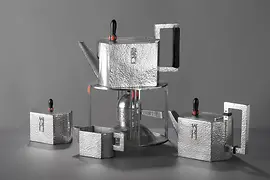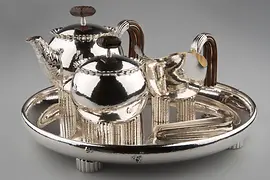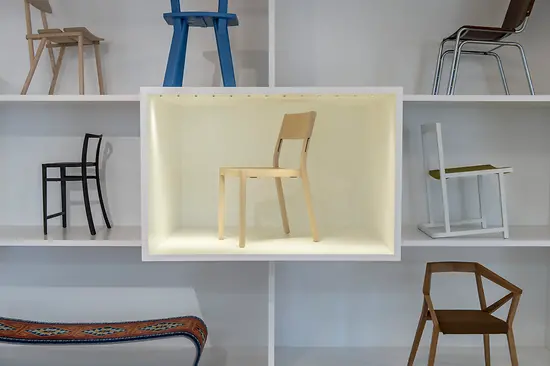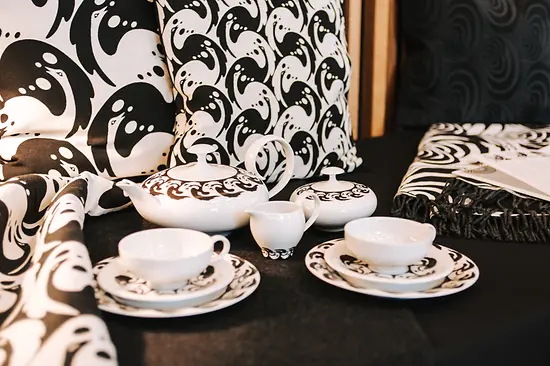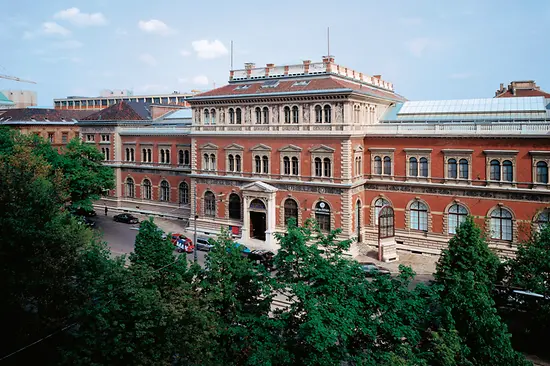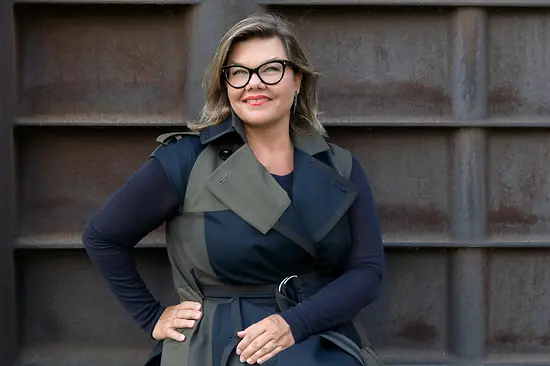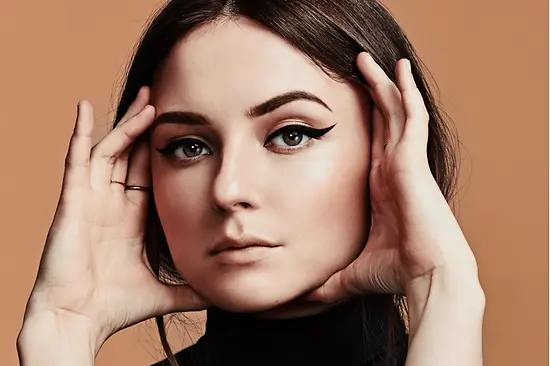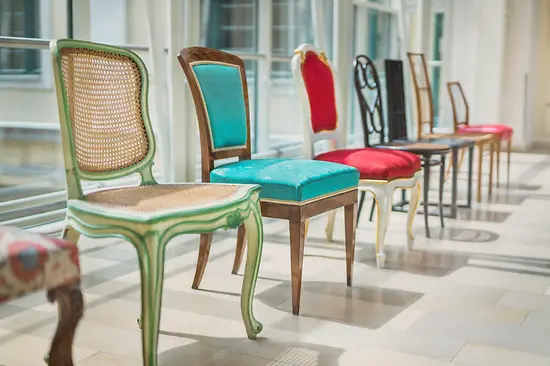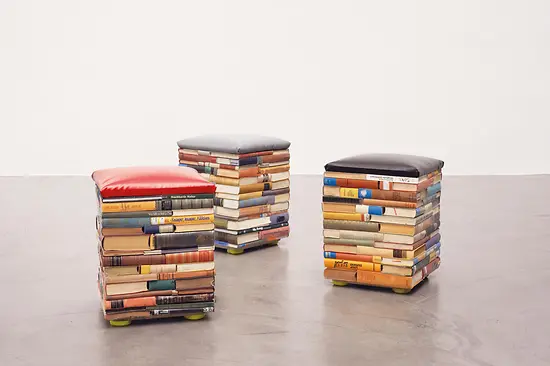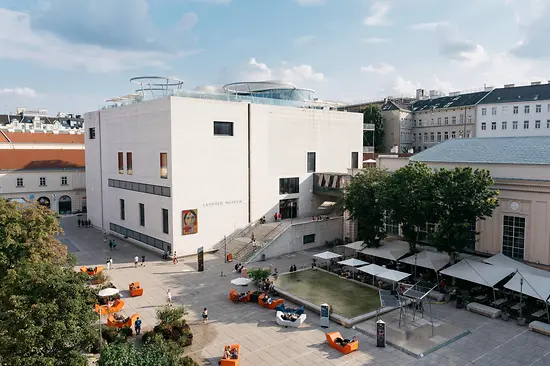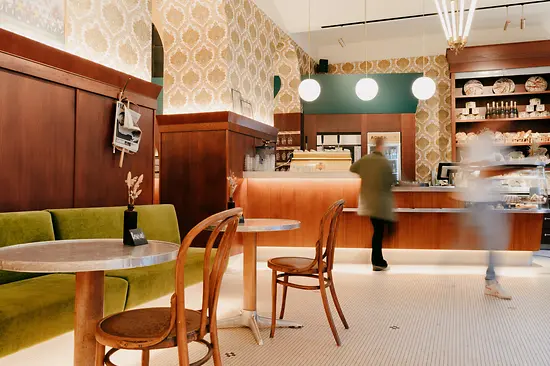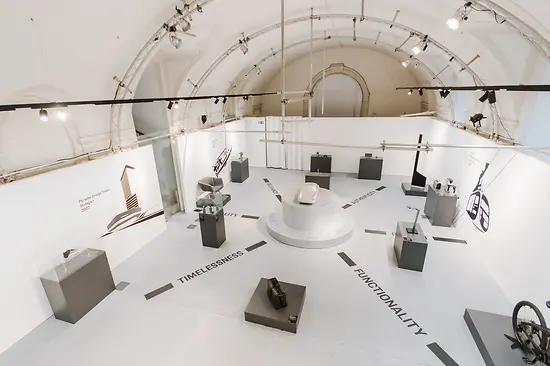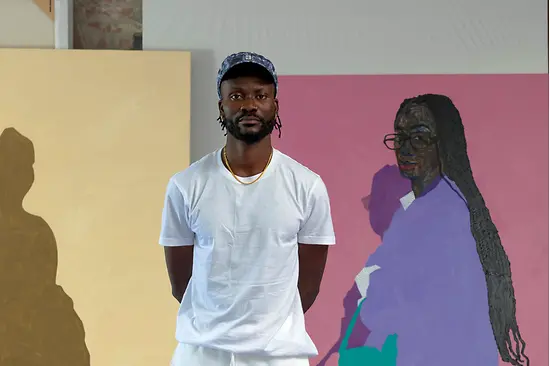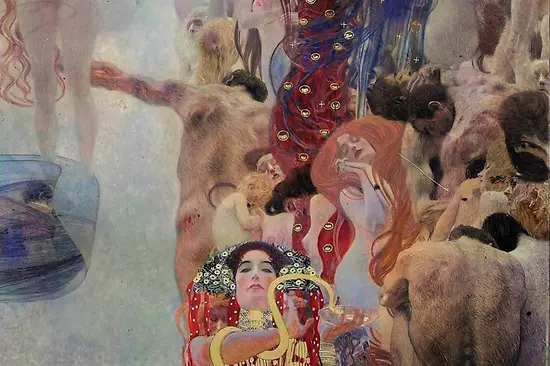Wiener Werkstätte
The architect Josef Hoffmann, the graphic designer and painter Koloman Moser and the Viennese industrialist Fritz Waerndorfer founded the "Wiener Werkstätte" as patrons in 1903, modeling it on the English and Scottish Arts and Crafts movement. The production community of visual artists was a typical child of the turn of the last century, when Modernism had its beginnings. Historicism and its countless style imitations was countered by the simple, the appropriate and the elegant.
Gesamtkunstwerk or total work of art
The idea of the Gesamtkunstwerk, or total work of art, was central to Wiener Werkstätte. Its founding members, Josef Hoffmann and Koloman Moser, saw design as the unification of art and crafts in everyday life. The concept of art was to be renewed on the basis of arts and crafts and manual solidity. In line with this principle, the "Wiener Werkstätte" manufactured high-quality products with the aim of refining all areas of everyday requirements: Furniture, interiors, porcelain, glass, jewelry and fashion.
The production site of the interdisciplinary "Wiener Werkstätte" was located in the 7th district at Neustiftgasse 32-34. At the height of its success, sales outlets could be found not only in Vienna but also in New York, Berlin and Zürich. The Sanatorium Purkersdorf near Vienna and Stoclet Palace in Brussels, both of which were designed by Josef Hoffmann, were furnished exclusively by the Wiener Werkstätte. And yet the company had to battle permanently with financial problems during the almost 30 years of its existence (1903-1932). The global economic crisis finally also impoverished the most important group of buyers, the Viennese middle classes. The request for compensation of 1926 was followed by the final winding up of the "Wiener Werkstätte" in 1932.
Archive of the Wiener Werkstätte in the MAK
Nowadays, the MAK - Museum of Applied Arts, Vienna is the owner of the archive of the Wiener Werkstätte, which it was bequeathed by its last owner in 1955: 16,000 design drawings, 20,000 fabric samples, posters, postcard designs, model books, photo albums and business correspondence. The MAK also holds a rich collection of objects of the "Wiener Werkstätte" from all creative periods, including the world's most comprehensive inventory of furniture, objects and designs by Josef Hoffmann. Some of these exhibits can be seen at the MAK in the Vienna 1900 collection, which goes on a foray through the company's extensive body of works.
The Leopold Museum also has a collection that focuses on the Wiener Werkstätte and shows metalwork as well as furniture by Josef Hoffmann and Koloman Moser, plus selected objects by Otto Wagner.
- Stubenring 5, 1010 Wien
- office@MAK.at
- http://www.mak.at/
Vienna City Card
Standard ticket price: 16,50€ (on site) / 15,50€ (online)
additionally 5% off at MAK Design Shop
Buy now with discount:
Prices
- Free admission for young people under 19 years of age
Opening times
- Tu, 10:00 - 21:00
- We, 10:00 - 18:00
- Th, 10:00 - 18:00
- Fr, 10:00 - 18:00
- Sa, 10:00 - 18:00
- Su, 10:00 - 18:00
Open on public holidays (also on Mondays)
Accessibility
Ramp, with a wheelchair-accessible elevator to the ticket office
Seeing eye dogs allowed
Wheelchair accessible restroom available.
All facilities suitable for wheelchair users, elevator to the exhibition rooms.
- Museumsplatz 1, 1070 Wien
- office@leopoldmuseum.org
- https://www.leopoldmuseum.org
Vienna City Card
Standard ticket price: 17€ /
With Vienna City Card: 14,50€ / Vienna City card holders are entitled to use the fast lane at the Leopold Museum
Opening times
- Mo, 10:00 - 18:00
- We, 10:00 - 18:00
- Th, 10:00 - 18:00
- Fr, 10:00 - 18:00
- Sa, 10:00 - 18:00
- Su, 10:00 - 18:00
- on holidays, 10:00 - 18:00
Open daily in July and August.
Accessibility
no steps (Double swinging doors)
stepless via elevator at the back of the Leopold Museum
4 Parking spaces for people with disabilities
The Parking Spaces can be reached via the main entrance (=corner of the Volkstheater).
Seeing eye dogs allowed
Wheelchair accessible restroom available.
Main entrance, access to all exhibition rooms and restaurant/café: no steps.
wheelchairs can be borrowed free of charge from the checkroom at the main entrance to the Leopold Museum (early booking required).
